#L. frank baum
Text
I always stood my ground when it comes to the Alice in Wonderland/Through the Looking-Glass stories. I am certain and I will defend that they are NOT fairytales, despite a mass-culture effort to consider them as such just because they want to lump together all children fiction as farytale (plus Disney's influence of course).
Thinking about it, I recently realized that I can sum up the situation perfectly by creating a triangle with two others works. The Alice books - Pinocchio - and the Oz books.
The Alice books are not fairytales, "modern" fairytales, fairytale fiction or fairytale fantasy in any way. Pinocchio, on the contrary, is what I will call for this post "fairytale fiction", and as such stands as an oposite of the Alice books. (And Oz stands in the middle between the two, I'll come back to this later). [Note: I want to precise that I am a HUGE fan of both the Oz and Alice books. I love them. So I am not saying that negatively, on the contrary, I want justice for them to be recognized as what they are.]
What makes Pinocchio a "modern fairytale", a "fairytale novel", a "fairytale fiction"? (I do not call it "fairytale fantasy" because I keep this term for fantasy works that are primarily fantasy but rely on fairytales for inspiration or motifs, such as the Narnia books, Tolkien's The Hobbit or movies like Legend or the Last Unicorn) One, the book was intended by its author to be a modern fairytale or a new fairytale. Two, the book reuses fairytale structures and archetypes. As simple as that. The Alice books, on the other hand? They were never intended to be "fairytales" and never refered to as such by their author.
Not only that, but these books lack any type of fairytale structure when it comes to the plot or narrative. In terms of structure, half of these books are to be ranged into the "allegory" genre, the "metaphorical journey" - for example Alice Through the Looking-Glass is actually a chess match, a chess game that has been narrativized and word-built to produce a children book. The other half is simply the genre these books hailed, heralded, symbolized: nonsense. The Alice books are one of the most famous displays of Carroll as the master of "nonsense". Because nonsense is a genre in itself, and the first Alice book for example, the Wonderland one, is a nonsense plot. A dream-like journey through a bizarre otherworld solely guiding by the reversal of human norms (everybody is insane, that's the normal), the twisting of what children are taught at school (Carroll playing around with everything children were given to be "equipped" in life and how it would seem absurd to them when confronted with a child-like pragmatism) and the literal application of the kind of philosophical and metaphysical questions children would be faced with. Alice in Wonderland is a "nonsense philosophical" story - in France we have a genre matching the "fairy tale" (conte de fées) which is the "philosophical tale" (conte philosophique), most famously represented by Voltaire's works. Alice in Wonderland is a nonsense philosophical tale, not a fairytale.
Yes, the world Alice encounters is filled with talking animals, magical royalty, and other monsters... But they are not fairytale archetypes or even "types" at all. And that is where things are interesting. Because too many people forget what the worldbuilding of the Alice books is, what the "rules" for creating the worlds Alice visits are.
Yes there are bizarre creatures - but they are creatures born out of puns. The Alice worlds are words of wordplay - Carroll created half of his characters simply by playing on the several meanings of a same word, or by breaking down in a literal way a common name, or even by applying expressions in a pragmatic way. Remember: the Mad Hatter and the March Hare are simply Carroll deciding to use two common sayings about madness as literal characters.
Yes, there are talking animals - but they're not out of fairytales. They are out of NURSERY RHYMES. And there's a big difference. In fact, while I refuse to call the Alice books "fairytale fiction" I do recognize their nature as "nursery rhyme fiction". The Queen of Hearts, Humpty Dumpty and many more were straight up lifted from nursery rhymes, and the entire books rely on the memorizing, parodies and twisting of the nursery rhyme genre.
Finally yes, there is magical royalty, but they are just caricatures of the real-world. The Alice books are meant to mock and caricature the society they were created into - such as how the Red Queen of Through the Looking-Glass is meant to embody strict rules children had to learn and those harsh nannies obsessed with etiquette and how nonsensical the rigid politeness could be. Quite a handful of the characters Alice meets are simply references to real-life people (starting with the Dodo which is Carroll himself, or even Alice herself who is the fictional version of the girl the story was meant for) - and if people did a bit of research they would find that Carroll wrote quite a bit about the intended personality of the characters (he notably described extensively what kind of "person" the White Rabbit was supposed to be).
So... The Alice books are nonsensical philosophy for children, and a comical caricature of society, and a nursery rhyme fiction. But they are not "fairytale fiction" or "fairytale inspired" in any way. Unlike Pinocchio which does deserve its fairytale status, and is an emblem of what fairytale fiction is.
I promised you some Oz so here's my stand... The Oz books started out as a fairytale fiction comparable to Pinocchio. When Baum wrote his first Oz book, "The Wonderful Wizard of Oz", he explicitely intended it to be a modern American fairytale able to rival with European classics. The novel reinvents several fairytale archetypes (such as the witch, the talking animal, the wizard), and applies a certain fairytale structure to its narrative. When Baum wrote a sequel to this book, when book 2 of Oz came out, "The Marvelous Land of Oz", Baum kept it a fairytale fiction. We still had a fairytale structure, a fairytale motif, and fairytale archetypes. This second novel was much more extravagant and bombastic (because it was actually created as a tie-in with the Oz stage extravaganzas Baum had created, hence the "dramatical" and "theatrical" nature of this second book), but it stayed fairytale fiction. And the same can be said of book 3.
However, by the fourth book (Dorothy and the Wizard of Oz) onward, Baum, who was fed up with Oz and only continued because he needed money+ audience pressure, dropped the "fairytale fiction" and rather turned the Oz series into basically something similar to the Alice books. He didn't do full nonsense like Carroll but he did two things that made these books "American Alices". 1) He dropped fairytale-narratives like (go on the quest to kill the witch, go on the quest to obtain your wish, undergo this journey to free the trapped royals) for an absence of real plot similar to the Alice books. Stories start randomly, characters find themselves in a new place for no real reason, they travel through bizarre lands, encounter excentric characters, return home at the end. And that's it. Baum didn't bother with a plot anymore since he knew what kids wanted was just see more of this world and that was it. 2) Over-reliance on punny worldbuilding. This is one of the greatest feature of the "late" Oz books: to create his world, Baum massively uses (if not excusively) puns and wordplays, from which are born entire lands and people - thus making it very similar to the Alice books where the Wonderland and Looking-Glass lands precisely exist to warp language.
As such, this is why I consider the Oz series to stand perfectly between Pinocchio and Alice - it started out as a fairytale fantasy similar to Pinocchio, and then it drifted to a "nonsensical childhood marvel fantasy" a la Carroll's Alice.
#alice in wonderland#alice through the looking-glass#alice books#lewis carroll#oz books#the wizard of oz#oz series#l. frank baum#frank baum#baum#pinocchio#fairytale fantasy#fantasy fiction#nursery rhyme fiction
47 notes
·
View notes
Text


JD. Salinger // L. Frank Baum
#L. Frank Baum#jd salinger#The Catcher in the Rye#book quotes#quotes#dark academia#chaotic academia#classic literature#poetry#classic academia#deep quotes#parallels
6K notes
·
View notes
Text
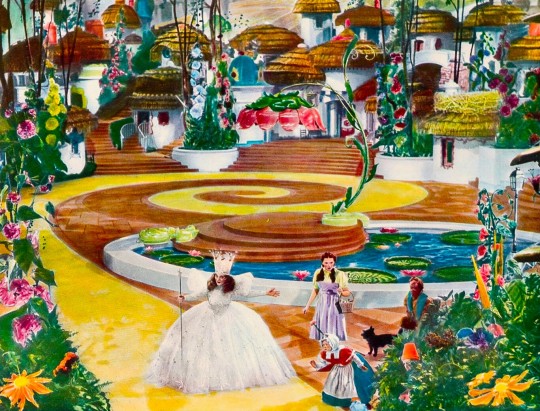
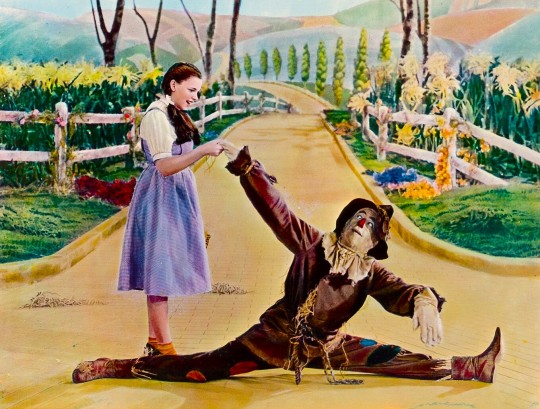
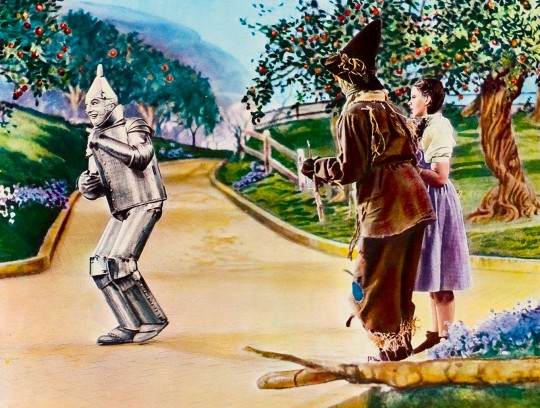

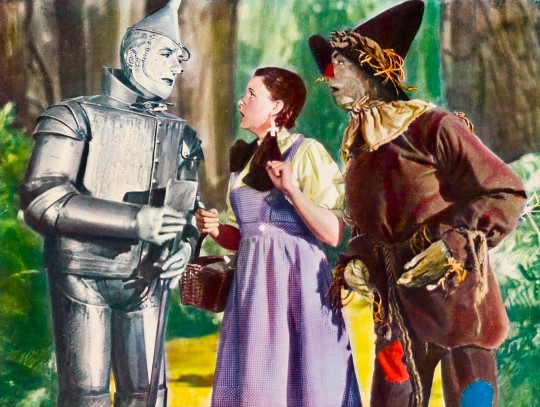
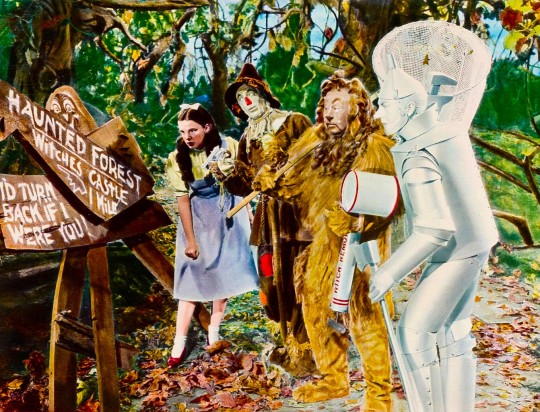


The Wizard of Oz lobby cards (1939)
#the wizard of oz#vintage lobby cards#30s fantasy movies#victor fleming#judy garland#jack haley#bert lahr#ray bolger#margaret hamilton#dorothy gale#the scarecrow#the tin man#the cowardly lion#30s musicals#l. frank baum#1930s#1939
470 notes
·
View notes
Text

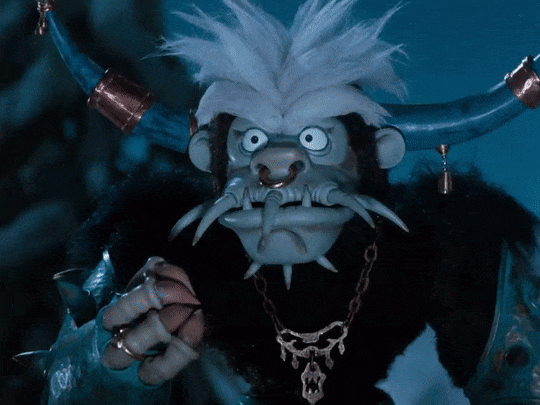
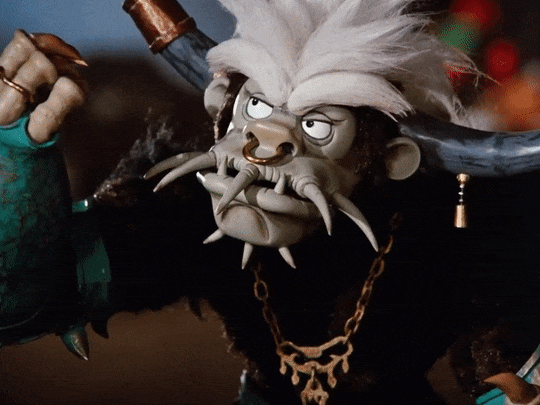

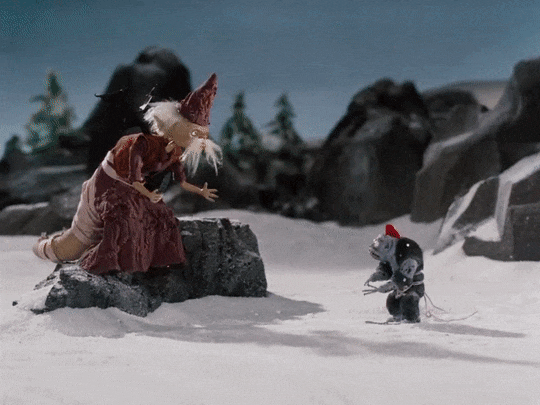
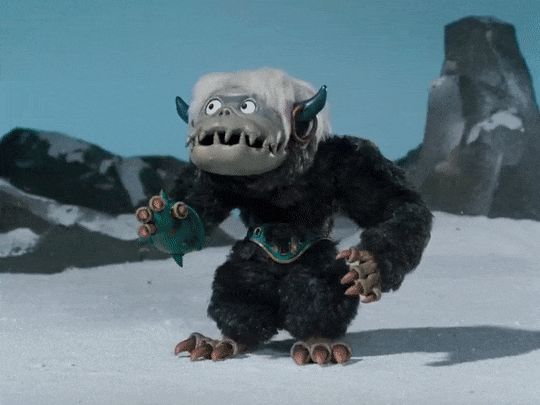
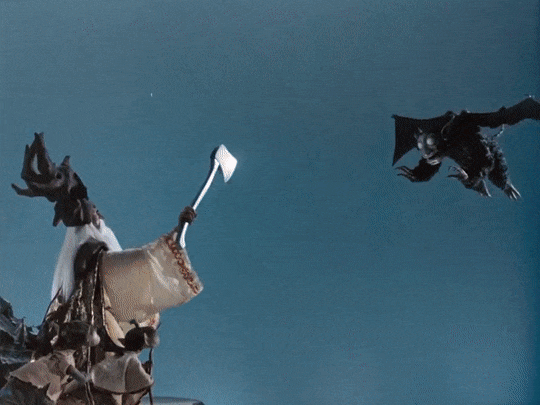
The Life & Adventures of Santa Claus (1985)
[letterboxd | imdb]
Director: Jules Bass & Arthur Rankin, Jr.
Studio: Rankin/Bass Productions & Pacific Animation Corporation
#1980s#1985#Rankin Bass#Pacific Animation#l. frank baum#film#my gifs#american film#japanese film#animated movies#animation#stop motion#christmas movies#christmas specials#christmas
332 notes
·
View notes
Text
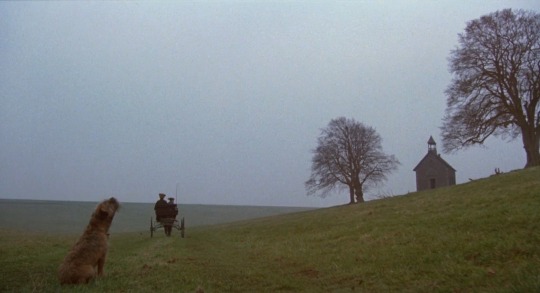

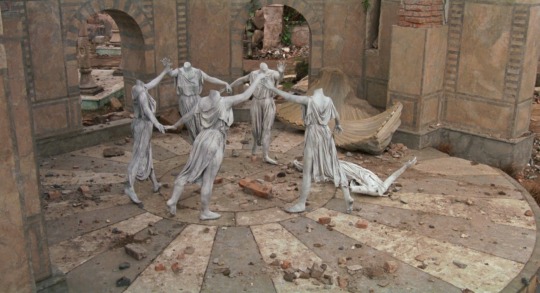
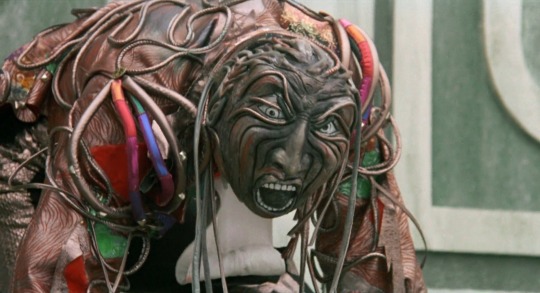

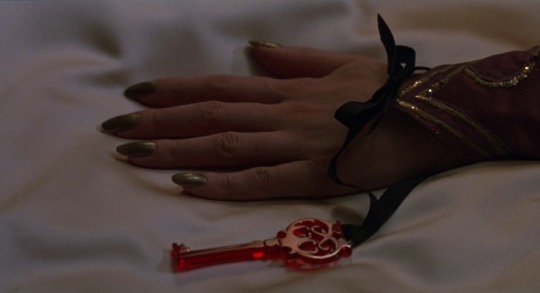

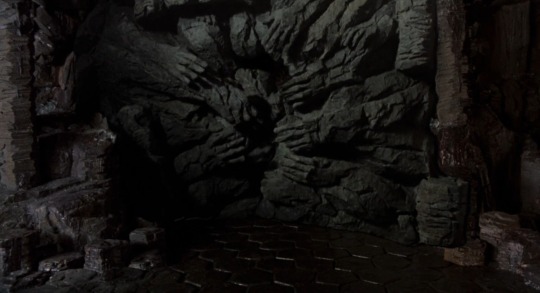
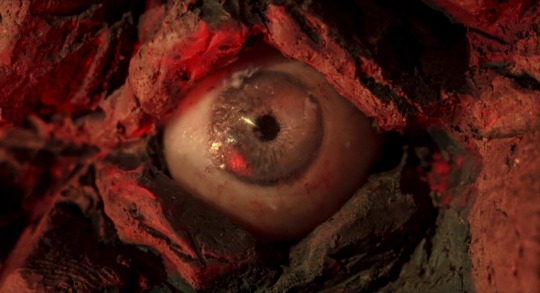
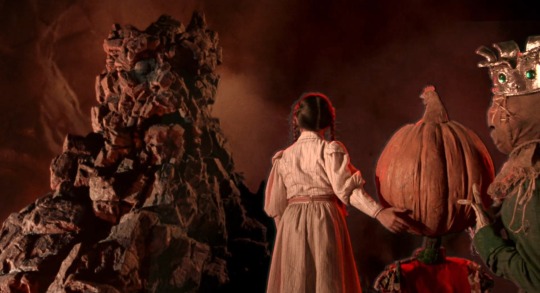

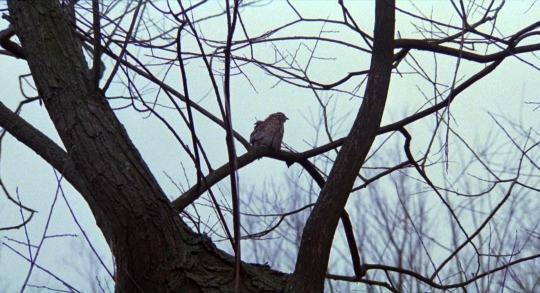


He said is this the return to Oz?
The grass is dead
The gold is brown
And the sky has claws
Return to Oz (1985)
Directed by Walter Murch
Written by Gill Dennis and Walter Murch
Based on The Marvelous Land of Oz and Ozma of Oz, both written by L. Frank Baum
#return to oz#the wizard of oz#fairuza balk#l. frank baum#walter murch#fantasy#dark fantasy#horror movie#horrorfans#wheelers#princess mombi#nome king#dorothy gale#emerald city
582 notes
·
View notes
Text

The Enchanted Island of Yew by Lyman Franck Baum
1903
Artist : Fanny Y. Cory
665 notes
·
View notes
Text
#MiniatureMonday




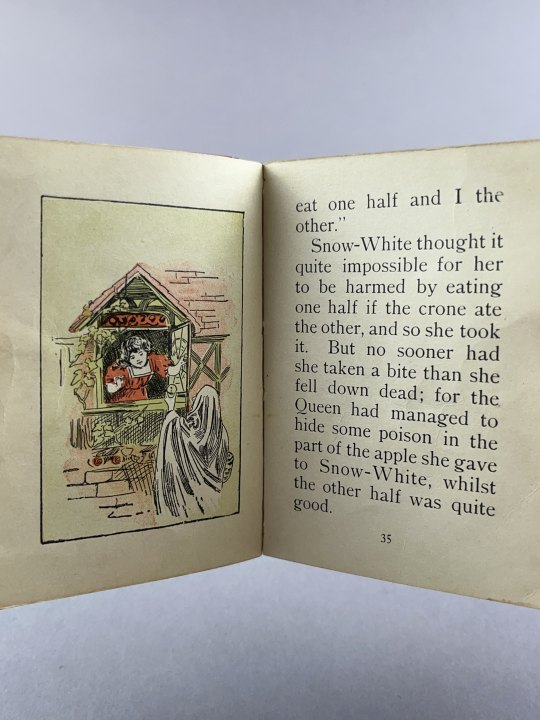

Fairy Tales From Grimm / by Jacob and Wilhelm Grimm with introduction from L. Frank Baum
The Fairy Tales from Grimm is a collection of children's stories written by the Grimm brothers, many of which have been popularized by Disney. This miniature book includes several stories such as the tale of Snow White.
Although the stories were originally published in the 1800s, this copy was produced in 1905. What makes it fantastic is the illustrations in both color and black and white. These drawings beautifully help bring the stories to life.
--Adair J.
#uiowa#libraries#special collections#miniaturemonday#rare books#miniature books#fairy tales#library#grimm brothers#l. frank baum
121 notes
·
View notes
Text

Return to Oz (1985). Dorothy, saved from a psychiatric experiment by a mysterious girl, is somehow called back to Oz when a vain witch and the Nome King destroy everything that makes the magical land beautiful.
HOW has this film escaped the legacy of children's horror masterpieces like The Dark Crystal and The Witches? I had pretty low expectations going in, but it really leans into the horror of its setting and lets Dorothy grow and regress in equal measure. Plus the stop motion and puppetry and practical effects are pretty awesome. Yeah, it's flawed, but man, I think I would've been obsessed with this if I'd watched it when I was 9. 7.5/10.
#return to oz#19885#Oscars 58#Nom: Visual Effects#walter murch#L. Frank Baum#gill dennis#Fairuza Balk#Nicol Williamson#piper laurie#jean marsh#america#american#horror#childrens#fantasy#1800s#7.5/10
97 notes
·
View notes
Photo





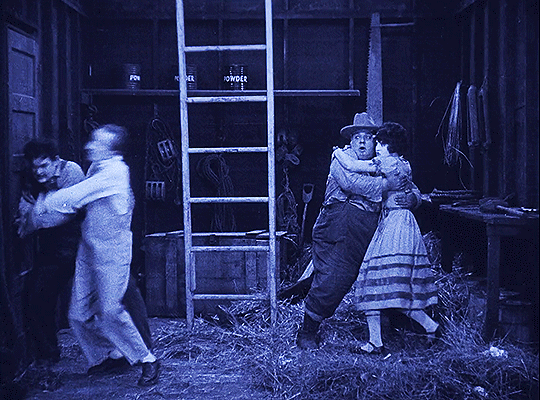
The Wizard Of Oz (1925) Directed By: Larry Semon
#the wizard of oz 1925#larry semon#literature#the wonderful wizard of oz#l. frank baum#filmgifs#classicfilmsource#classicfilmblr#moviegifs#usermorgan#tuserheidi#userraffa#userbarrow#userhallie#classicfilmcentral#fyeahmovies#ours#by natty
417 notes
·
View notes
Text

My favorite facts so far about the 1902/3 play is that Dorothys love interest
Poet Laureate of Oz Dashemoff Daily Is played by a woman. It is so queer! I love the princely lesbian, or trans masculine vibes that this gives off.
The song, and a link to the Hungry tiger press page.
https://www.youtube.com/watch?v=ymAe9eF6UGk
http://www.hungrytigerpress.com/tigertunes/allthetime.shtml
The Song was eventually switched out with another "Love is Love"


Also There is Carrie Barry. Another love by song from Prince Dashemoff, Towards Dorothy. But due to the story, Dorothy sings it to the Prince. And Sapphic story telling ensues. The implication that Dorthy can love them like any other man comes off as EXTREMELY queer. Oddly the hungry tiger lyrics dont seem to match the actual song recorded here?
http://www.hungrytigerpress.com/tigertunes/carriebarry.shtml
http://www.hungrytigerpress.com/tigertunes/carriebarry.mp3
----------------------------------------------------------------------
The Other Queer thing I noticed was the song Hurrah for Baffin bay, sung by stone and Montgomery. It's about tin man and scarecrow Portraying sailors in Baffin Bay, located between Baffin Island and the west coast of Greenland.
This is the best audio recording of the song I'm aware of.
https://youtu.be/EOXZ5fnDkz0
http://www.hungrytigerpress.com/tigertunes/baffinsbay.shtml
It's a fun sea shanty. The 4th verse sadly has a dated slur for inuits :( but Overall the song is very fun and reminds me of Popeye. But as this was early oz before J.R.Neil the relationship was still forming for Tincrow.
I'm very ignorant to theatre so I'm sure theres a lot I don't understand though. I just wanted to share

#wizard of oz#broadway#1903 oz#musical theatre#musical#the wizard of oz#l. frank baum#dorothy#theatre#dorzma#tincrow
60 notes
·
View notes
Text
Muppet Fact #949
The artwork of Maxfield Parrish, as seen in the 1897 book Mother Goose in Prose by L. Frank Baum, inspired the aesthetics of Mother Goose Stories.
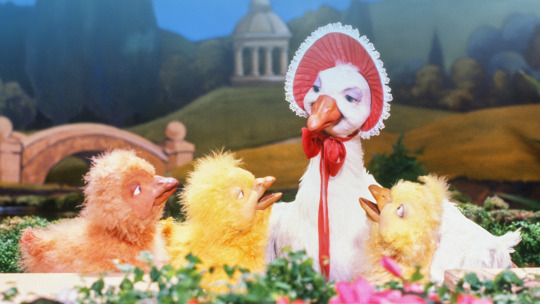

Sources:
Mother Goose in Prose. L. Frank Baum. 1897.
Mother Goose Stories. 1988-1990.
No Strings Attached. Matt Bacon. MacMillan. 1997.
#muppet facts oc#jim henson#the muppets#muppets#muppet facts#fun facts#childrens tv#behind the scenes#Mother Goose in Prose#Mother Goose Stories#Maxfield Parrish#L. Frank Baum
43 notes
·
View notes
Text
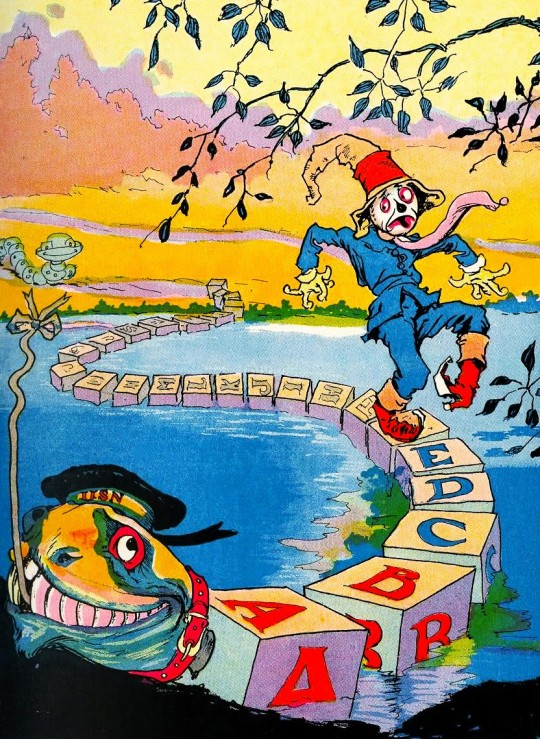
The Scarecrow and the A-B-Sea Serpent - The Royal Book of Oz, art by John R. Neill (1921)
#john r. neill#the royal book of oz#the wonderful wizard of oz#a-b-sea serpent#l. frank baum#ruth plumly thompson#the scarecrow#children's books#book illustrations#fantasy art#1920s#1921
492 notes
·
View notes
Text
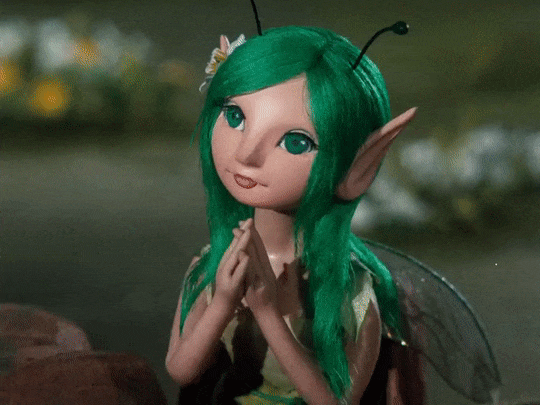

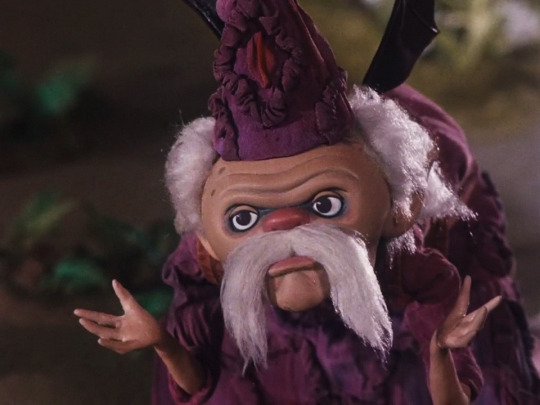


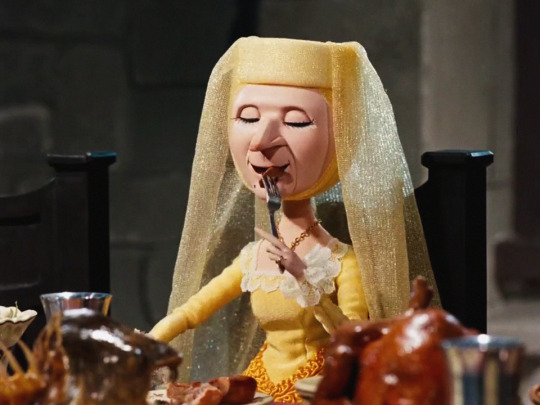

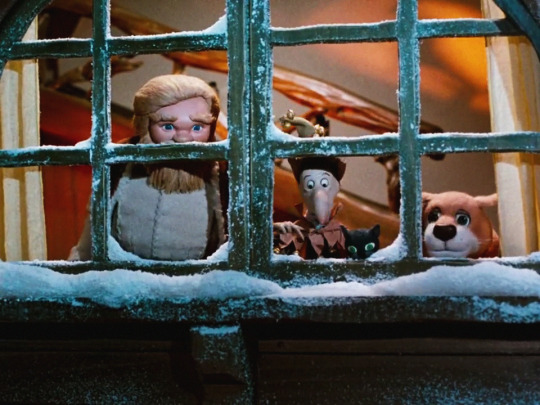
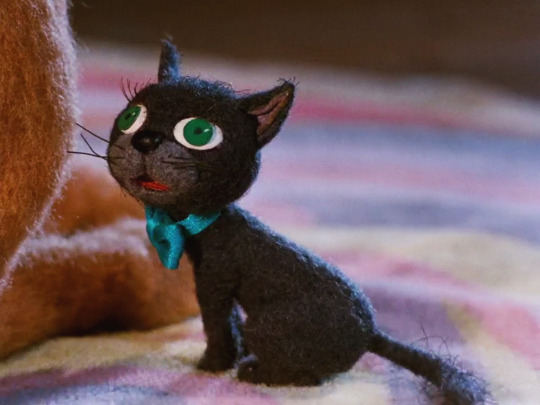

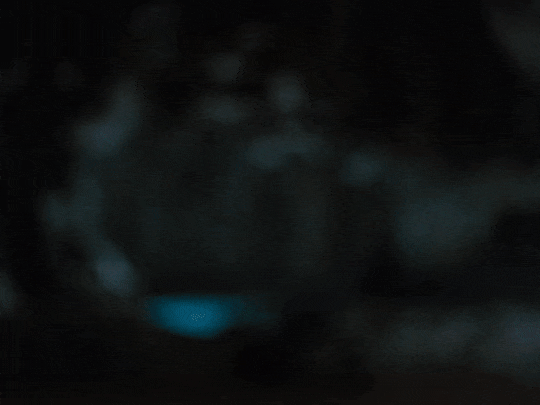




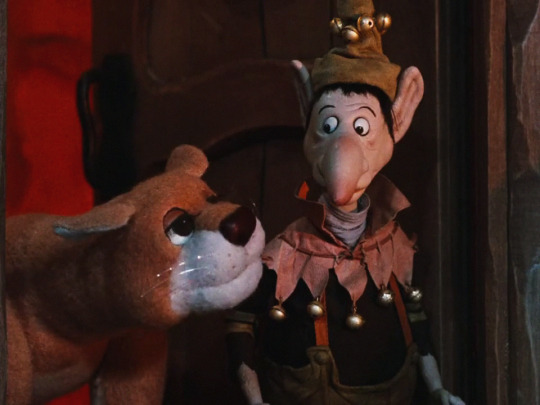
The Life & Adventures of Santa Claus (1985)
[letterboxd | imdb]
Director: Jules Bass & Arthur Rankin, Jr.
Studio: Rankin/Bass Productions & Pacific Animation Corporation
#1980s#1985#Rankin Bass#Pacific Animation#american film#japanese film#stop motion#stop motion animation#film#my edits#my gifs#l. frank baum#animation#christmas movies#christmas specials#christmas#good faces
355 notes
·
View notes
Text
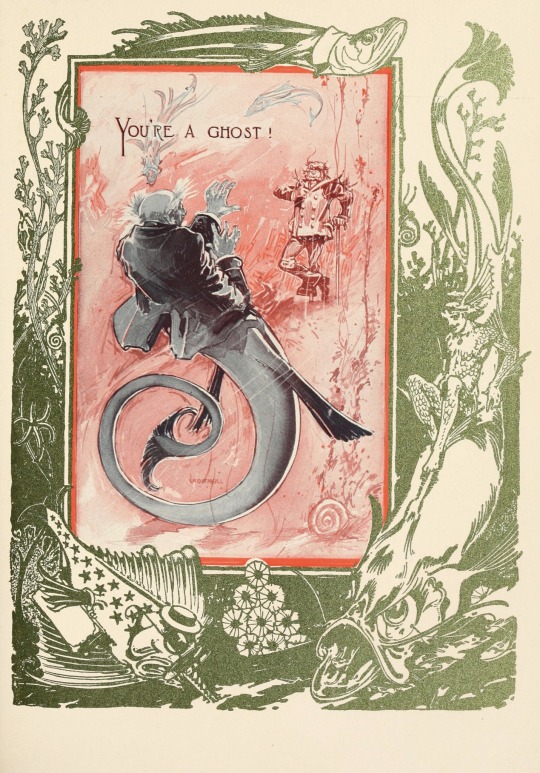
61 notes
·
View notes
Text

Frank Cho, Harley Quinn, Yellow Brick Road
#frank cho#harley quinn#harleen quinzel#wizard of oz#judy garland#l frank baum#l. frank baum#yellow brick road#cowardly lion#strawman#tin woodsman#tin woodman#dorothy#toto#harlivy#suicide squad#the suicide squad#birds of prey#foile a deux#gotham city sirens#gotham girls#dc bombshells#batman#the batman#batman adventures#batman and robin#dc comics#dc#viaov
154 notes
·
View notes
Text
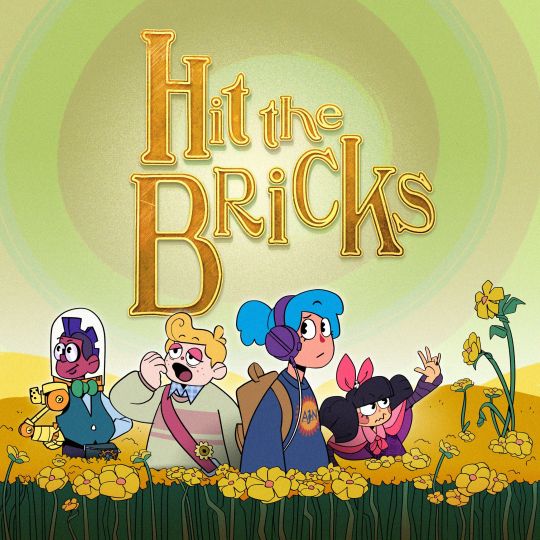
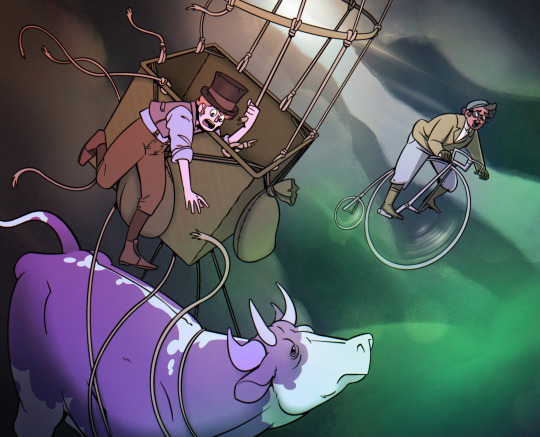
Come Hit the Bricks!
You can listen to the entire first act on Nebula or your favorite podcatcher.
Hit the Bricks is a musical audio drama in the style of old radio plays. 100 years after L. Frank Baum's Oz books, a modern girl named Jessi and her cousin Wallace find themselves spirited to Oz after discovering an abandoned farm that once belonged to Dorothy Gale's family.
Oz is still a world of magic and wonder, but a little worse for wear. As the ever-encroaching mistakes of the past make the present unlivable, it's up to Jessi and a new generation of heroes to push Oz into the future.
Hit the Bricks stars Michelle Agresti (Arden, Wolf358), Keilidh Hamilton-Maureira (WFMU), Jordan Higgs (Tides, Greater Boston) and features performances from beloved audio artists like Lauren Shippen (The Bright Sessions, In Strange Woods), Morgan Givens (Flyest Fables), Jordan Cobb (Janus Descending, Primordial Deep), Briggon Snow (The Bright Sessions, CARAVAN), Christopher Dole (Arden), and many more.
Hit the Bricks also features music by various artists, both new to the scene and established, like Kathryn Hoss, Jeff Ball (Steven Universe, The White Lotus), A.p. Harbor, and David Russell (Project Destati, Kingdom Hearts VR)
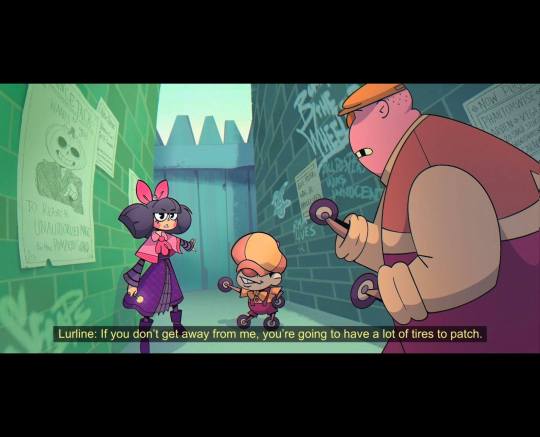

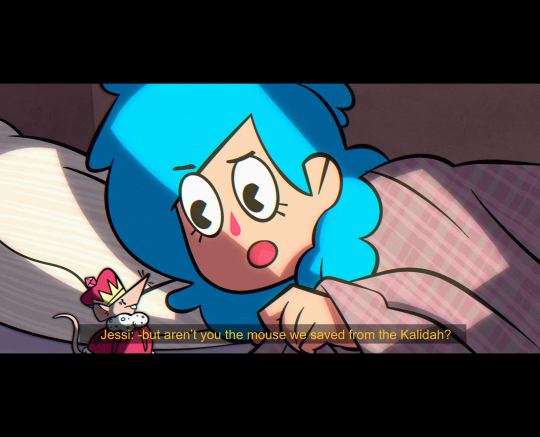

Hit the Bricks' art is done by Chandler Candela, it's executive produced and sound designed by Ester Ellis (Station Blue, Dungeons and Daddies) and is written and directed by PJ Scott-Blankenship.
Hit the Brick's new special episode Intermission: I'm Still Here will be hitting public feeds on December 27th and you can listen to it early on Nebula.
368 notes
·
View notes